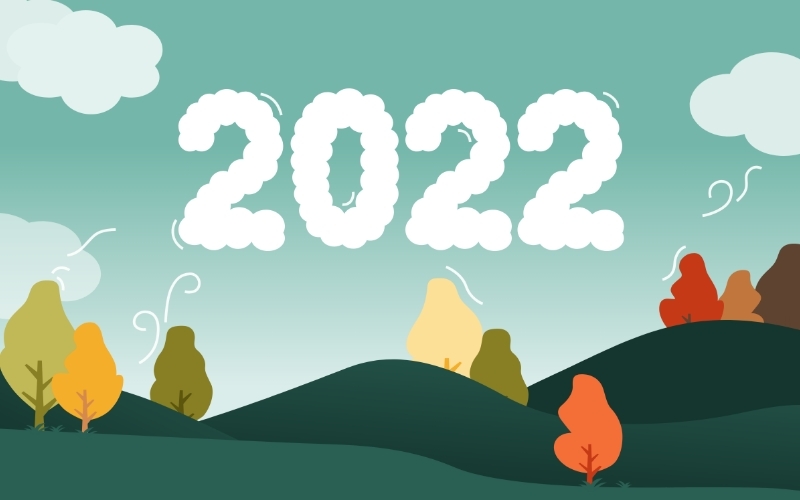Marketing Insights
Brand Strategy

While you’re humming along in the execution of your 2022 marketing plans, it may be tempting to stop and admire as the marketing machine you so diligently built does its thing.
Well, now is not the time to lean back, with your hands interwoven behind your head and elbows aloft.
Now is the time to recognize that your current marketing plan is fine, perhaps above average, but maybe not as good as it can be next year.
With the right focus, you can build an intuitive, comprehensive and engaging marketing machine for 2023. So return that recliner to its upright and locked position — and as you do, consider these five foundational planning tips.
5 Tips for Forward Thinking
1. Plan Strategically.
It’s tempting to wash, rinse and repeat when it comes to marketing plans. But washing and rinsing are tactics. Make sure you understand the bigger picture — your organization’s long-term business strategy. Understand the who, what, why, how and when of your brand’s vision. Then build a plan that supports not only marketing objectives but also the overarching and far-reaching business objectives.
While we can’t predict everything that will happen over the next 12 to 18 months, evaluating the housing and home improvement markets and identifying what you want to achieve are two key steps in your planning process.
How you prioritize your goals will be a determining factor in where you spend your time and money in 2022 as you prepare to meet those goals in 2023.
If you are a marketing leader in the home and building category, it is vital to understand what is going on in the housing industry. Are you getting regular updates? Is someone on your team attending webinars? Do you subscribe to Wray Ward’s blog? These are the questions you need to be asking your team, because understanding the market is the huge step in planning well.
2. Plan Collaboratively.
Similarly, as you begin the planning process, it’s critical to collaborate across your organization. The obvious partners in marketing planning are sales teams (to understand and support sales needs and targets) and R&D teams (to understand exactly what you’re marketing). But, as brands become increasingly inclusive and intertwined, it’s equally imperative to continually collaborate across all key internal stakeholders.
For example, HR has become even more connected to marketing as brands infuse employer value propositions and organizational culture into all they represent. And particularly in a COVID-19 world, keeping in lockstep with operations and the supply chain is essential to creating accurate and executable marketing plans, with the right messaging through the right channels at the right time.
3. Plan Experientially.
It’s normal to bucket your marketing plans by audience, by messages, by channel, by KPIs and by budget allocation. But customers don’t experience your marketing that way. Each interaction they have with your brand is part of a holistic experience.

